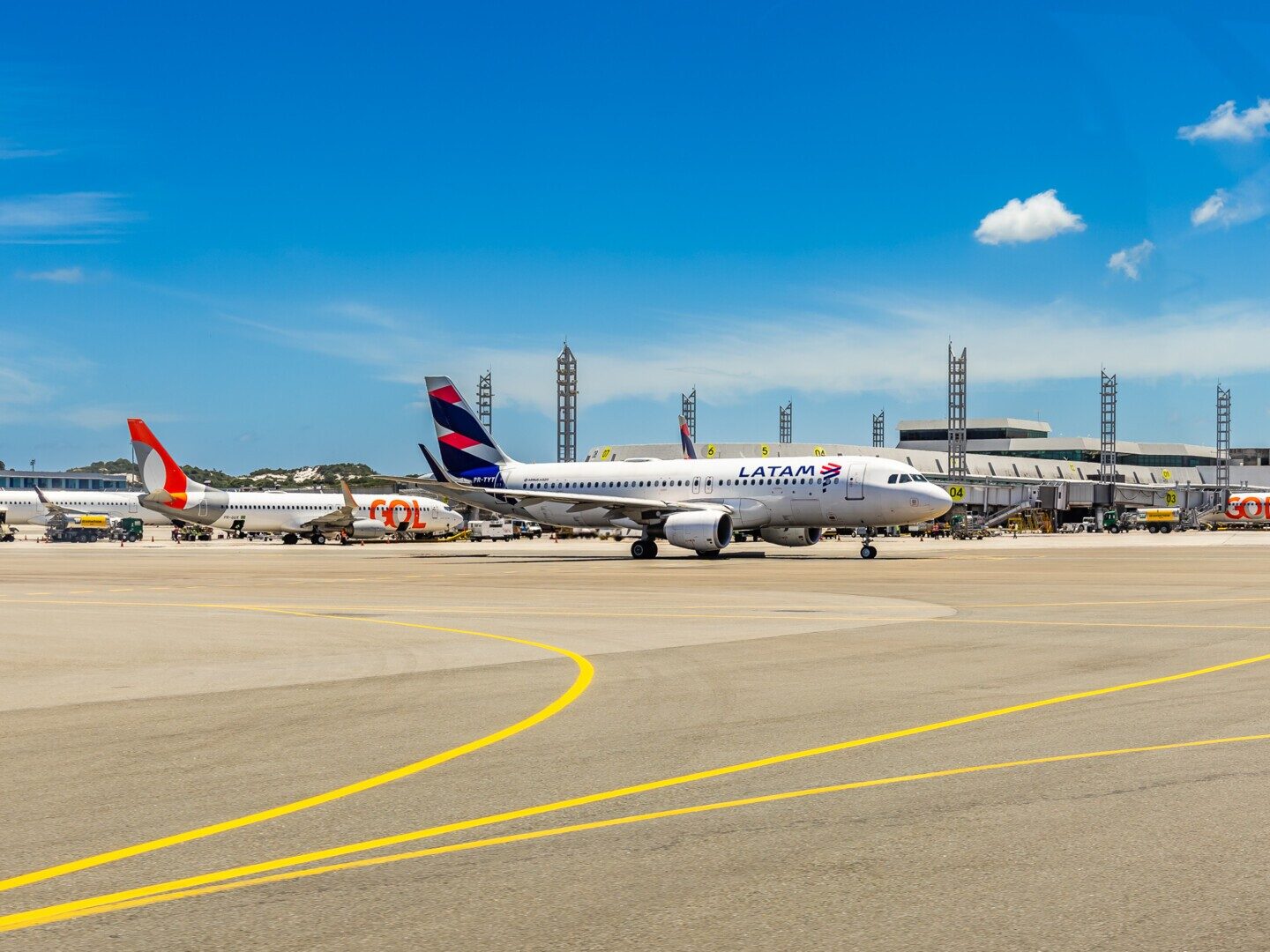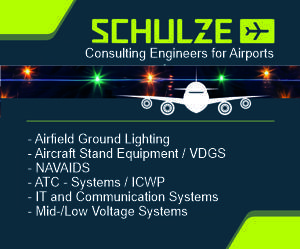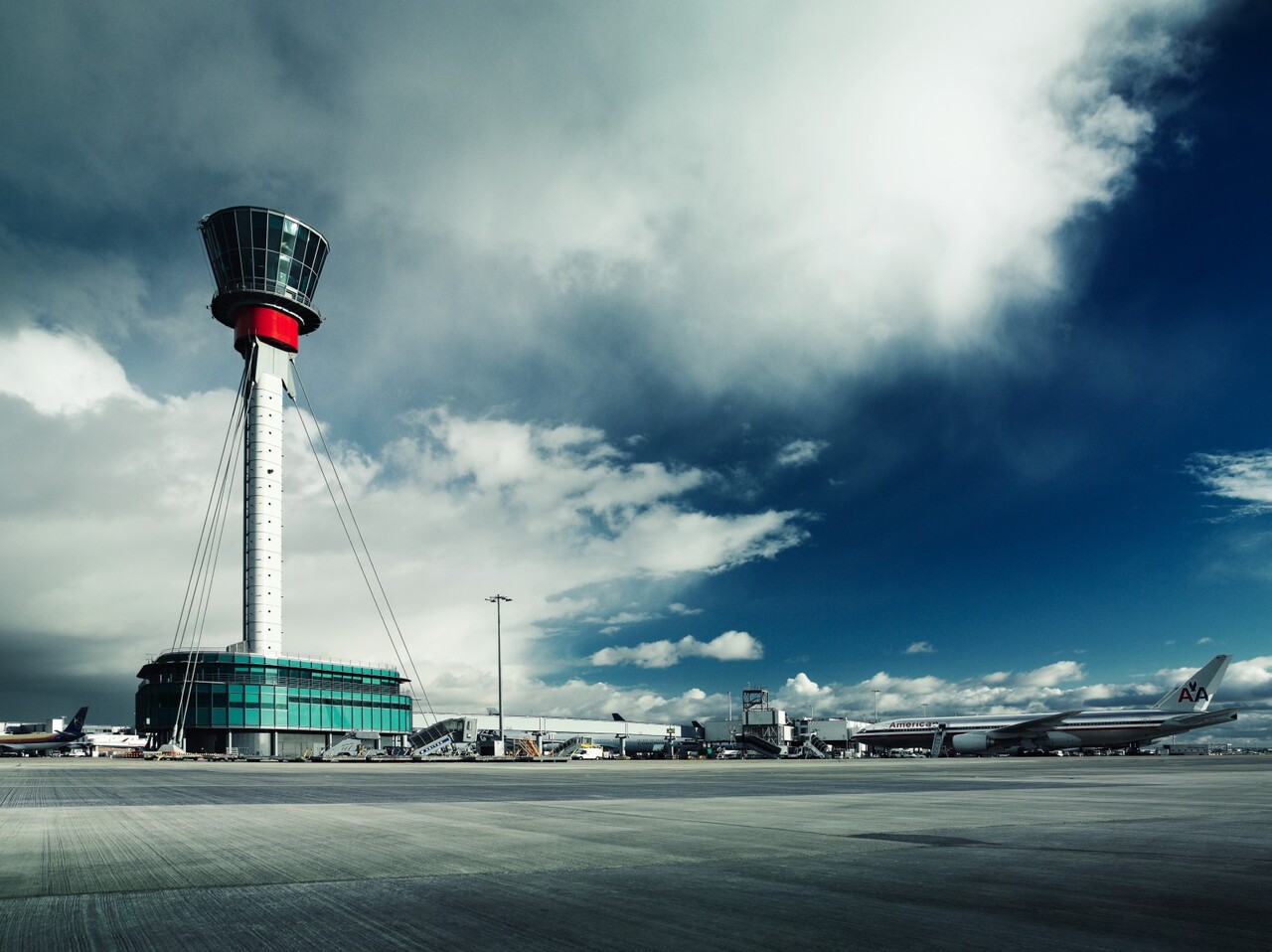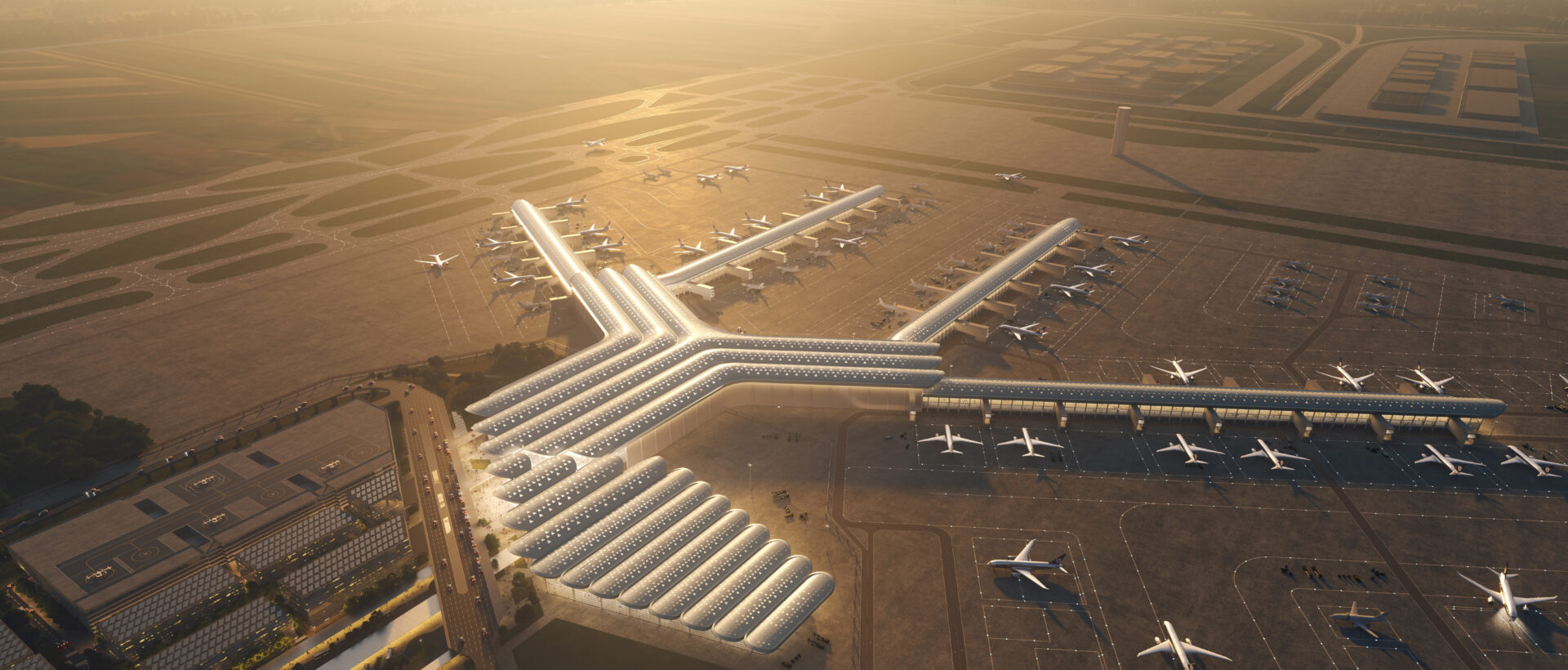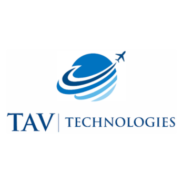As global air travel continues to recover and surpass pre-pandemic levels, airports must manage increased flight traffic while maintaining safety and efficiency. What’s more, with the development of electric vertical takeoff and landing (eVTOL) aircraft, this demand is anticipated to increase further, bringing additional complexities and challenges.
This week, these considerations were addressed at Global Mobility Call in Madrid, an event dedicated to the future of mobility for people and goods internationally.
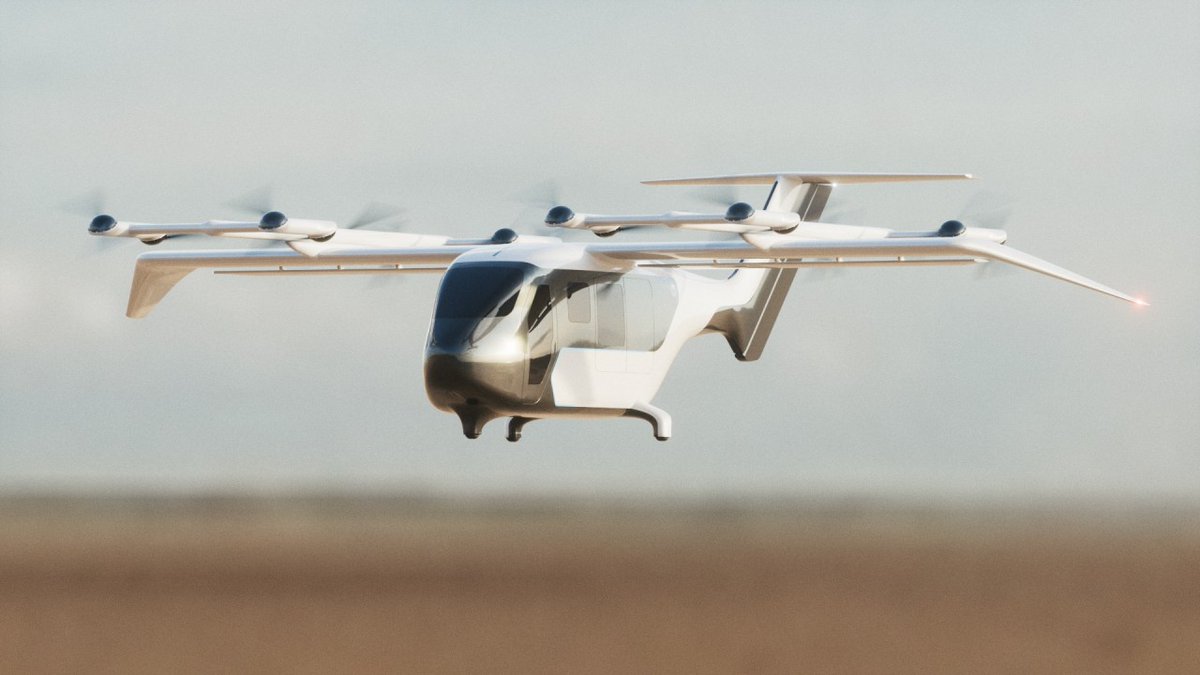
Advanced Air Traffic Management Systems
Modern air traffic management (ATM) systems are essential to handling increased air traffic volumes. Tools like automated routing, real-time weather data integration, and artificial intelligence (AI)-based traffic predictions can optimise airspace use and reduce delays.
In Spain, air navigation and aeronautical information services are managed by Enaire. Alberto Rodríguez de la Flor, Enaire’s Head of Systemic Analysis and Human Performance participated in Global Mobility Call, highlighting how modern, advanced technologies are central to enhancing safety and managing higher volumes of air traffic. Indeed, Rodríguez de la Flor stated that predictive tools can identify potential types of accidents and the conditions in which they could occur, facilitating a proactive approach to prevent them. This contrasts to a primarily reactive approach that was previously relied on.
These systems can help manage both conventional aircraft and the future flight patterns of eVTOLs, which will likely operate in low-altitude urban air corridors.

To prepare for eVTOLs, airports and air traffic controllers must collaborate with regulators like the Federal Aviation Administration (FAA) and the European Union Aviation Safety Agency (EASA) to create unified airspace management frameworks. These systems need to coordinate traditional and eVTOL flights seamlessly, especially during peak hours.
This necessity was emphasised during a panel discussion at Global Mobility Call, with Luis Cañón. Innovation And Customer Experience Director at Aena, highlighting the need to integrate eVTOL management systems into existing control centres at airports to safely coordinate arrivals and departures.
Upgrading Infrastructure
Increased air traffic also requires infrastructure capable of handling more passengers, cargo, and aircraft. As result, Maurici Lucena, President at Aena stated that airports will have a responsibility to expand and grow to meet the rising demands.
In addition, terminals equipped with automated check-ins, biometric security systems, and AI-powered passenger flow management can reduce congestion and streamline operations. This efficiency ensures that increased passenger volumes do not compromise safety or service quality.
Meanwhile, airports must also prepare for the rise of eVTOLs by integrating vertiports—dedicated landing and charging facilities for these aircraft. To do so successfully, Cañón highlighted that vertiports must be strategically placed and managed within existing airport boundaries, enabling smooth transitions between eVTOL flights and traditional air travel.
Indeed, Cañón stressed that eVTOL services will not be attractive to passengers unless they offer a fast, safe and seamless connection. To enable short connections between conventional flights and eVTOLs, vertiports thus require valuable, prime space within an airport.

What’s more, during the discussion, Óscar Lara, COO at Crisalion Mobility called attention to the fact that, unlike conventional aircraft, maintenance and recharging facilities for eVTOLs will need to be decentralised and regularly available. This is because the aircraft have shorter ranges and will thus be unable to constantly travel back to a single maintenance location.
Consequently, although Crisalion is an eVTOL manufacturer, Lara stated that one of the greatest challenges to the rollout of eVTOLs is incorporating operations into the ecosystem, rather than developing and flying the aircraft.
Human Factors
Alongside deploying the latest technologies to support an increase in air traffic, Global Mobility Call stressed that ground crew, air traffic controllers, and first responders must all be trained to handle operational requirements and potential emergencies.
Furthermore, to avoid human error, Rodríguez de la Flor, Head of Systemic Analysis and Human Performance at Enaire argued that human-focussed innovations such as fatigue-monitoring systems should be integrated into practices to help mitigate human error.
Meanwhile, as eVTOLs prepare to debut, Javier Barriga, CEO at Ijet Aviation acknowledged the need to facilitate social acceptance of the new vehicles to ensure they are attractive to passengers. Barriga argued that this transition will be greatly eased by the fact that eVTOLs will offer safer, cheaper and more sustainable transport options for connecting to and from standard flights.
Public-Private Partnerships
To successfully address these considerations and tackle the relevant challenges, collaboration between airports, airlines, manufacturers, and regulatory bodies is crucial.
Aena is therefore working with a range of companies and authorities to enable the deployment of eVTOL flights to and from its airports.
For example, the EUREKA project is working to develop complete arrival, departure and turnaround process for vertiports, while the OperA project aims to safely integrate eVTOLs with European Air Traffic Management. These projects are currently focussing on flights between Mallorca and Menorca and Malaga and Grendad respectively.
Within this scope, Luis Cañón, Innovation And Customer Experience Director at Aena, noted that integration of eVTOLs with regular operations will require significant regulatory support to outline requirements for infrastructure, technology, and airspace procedures.
Óscar Lara, COO at Crisalion Mobility highlighted that this regulatory challenge will need to address two distinct factors:
- The provision of new systems and processes for eVTOLs and unmanned aircraft
- Outlining regulations for integrating new aircraft with existing air traffic management
Once these requirements are established, and the relevant challenges are overcome, Global Mobility Call highlighted that increased air traffic demand and the integration of eVTOLs could mark a transformative moment for the aviation industry.
By leveraging advanced air traffic management systems, upgrading airport infrastructure, prioritising human factors, and fostering public-private partnerships, it is anticipated that airports can ensure safety and efficiency in the face of this change.




